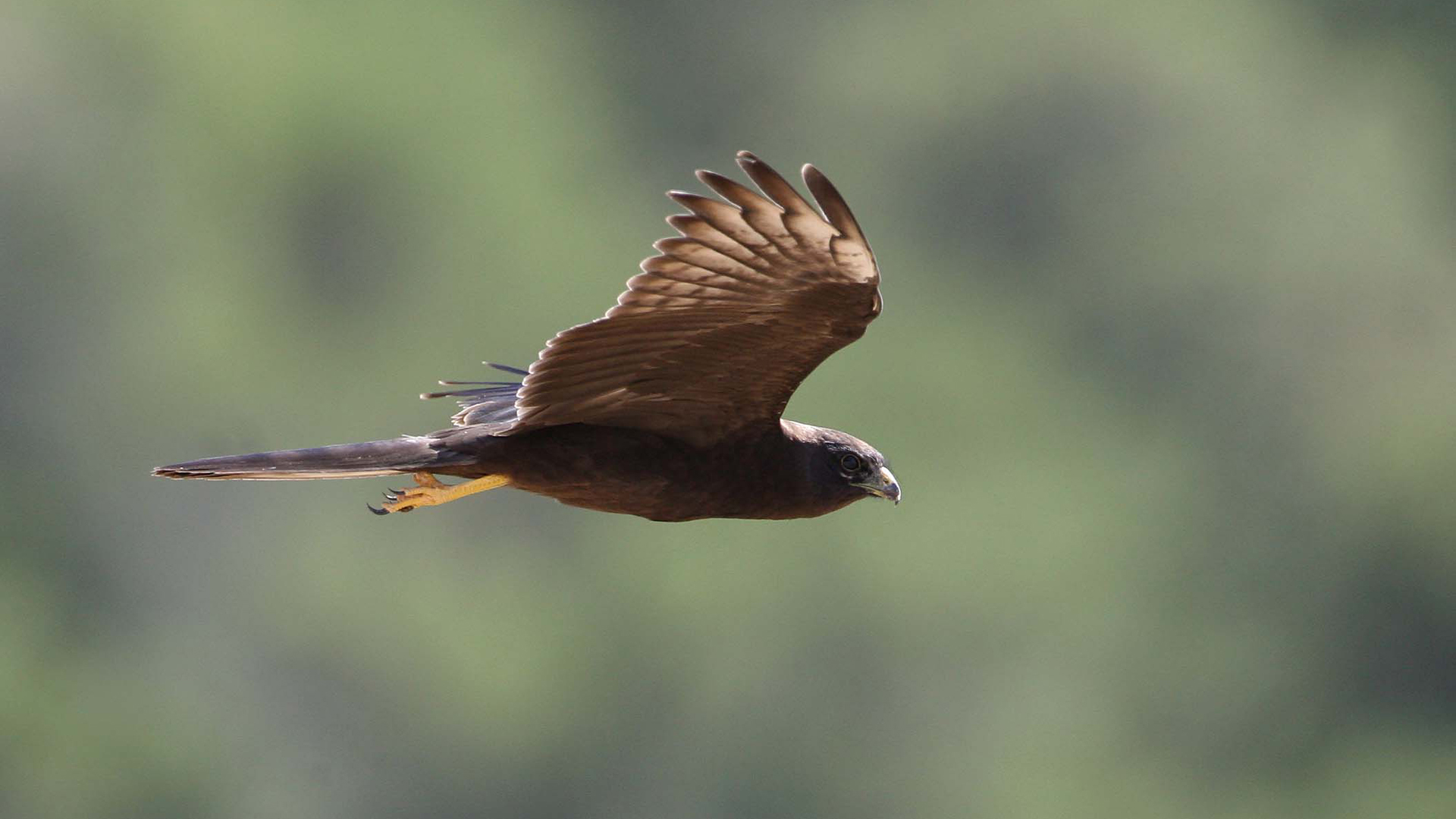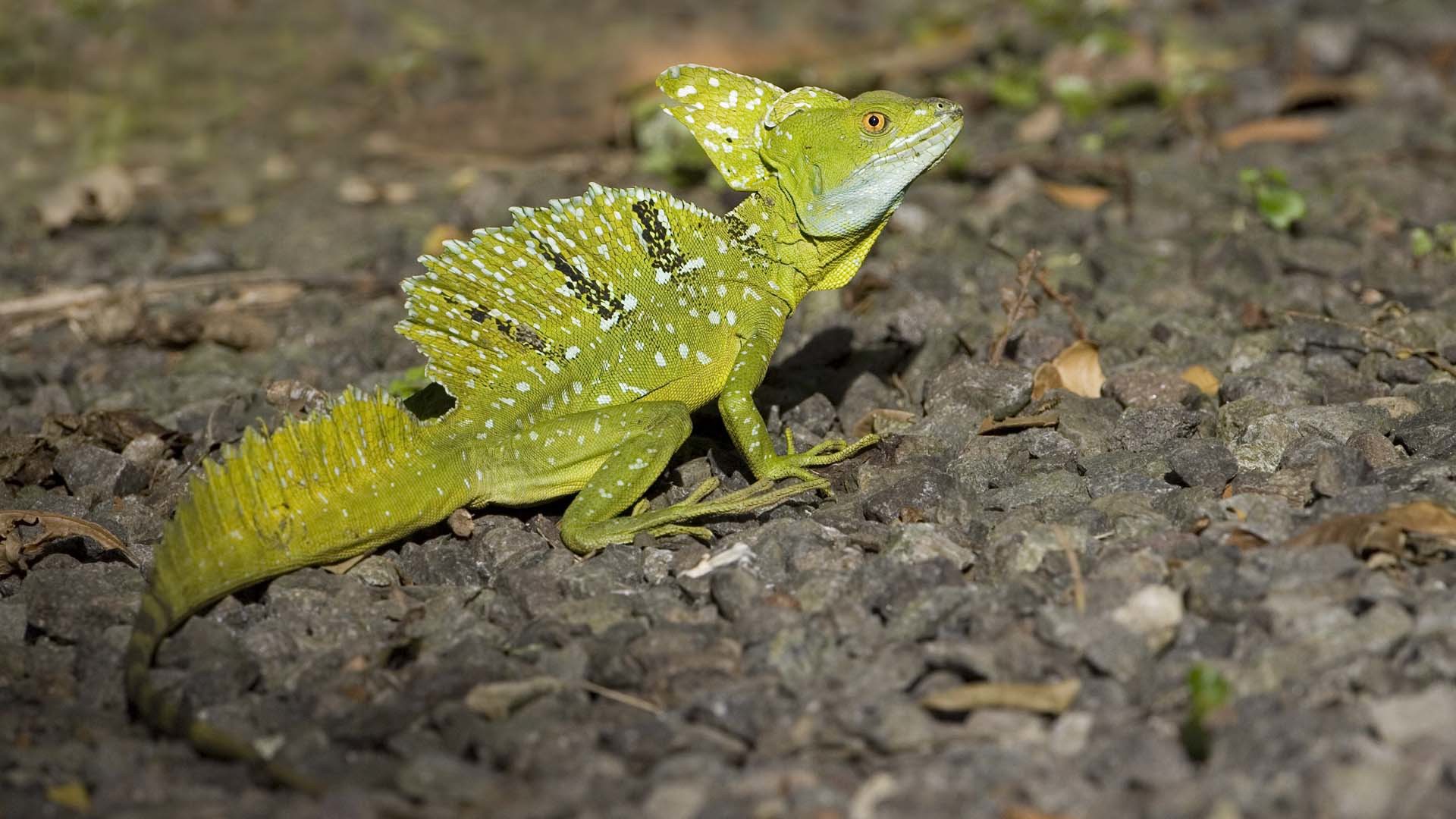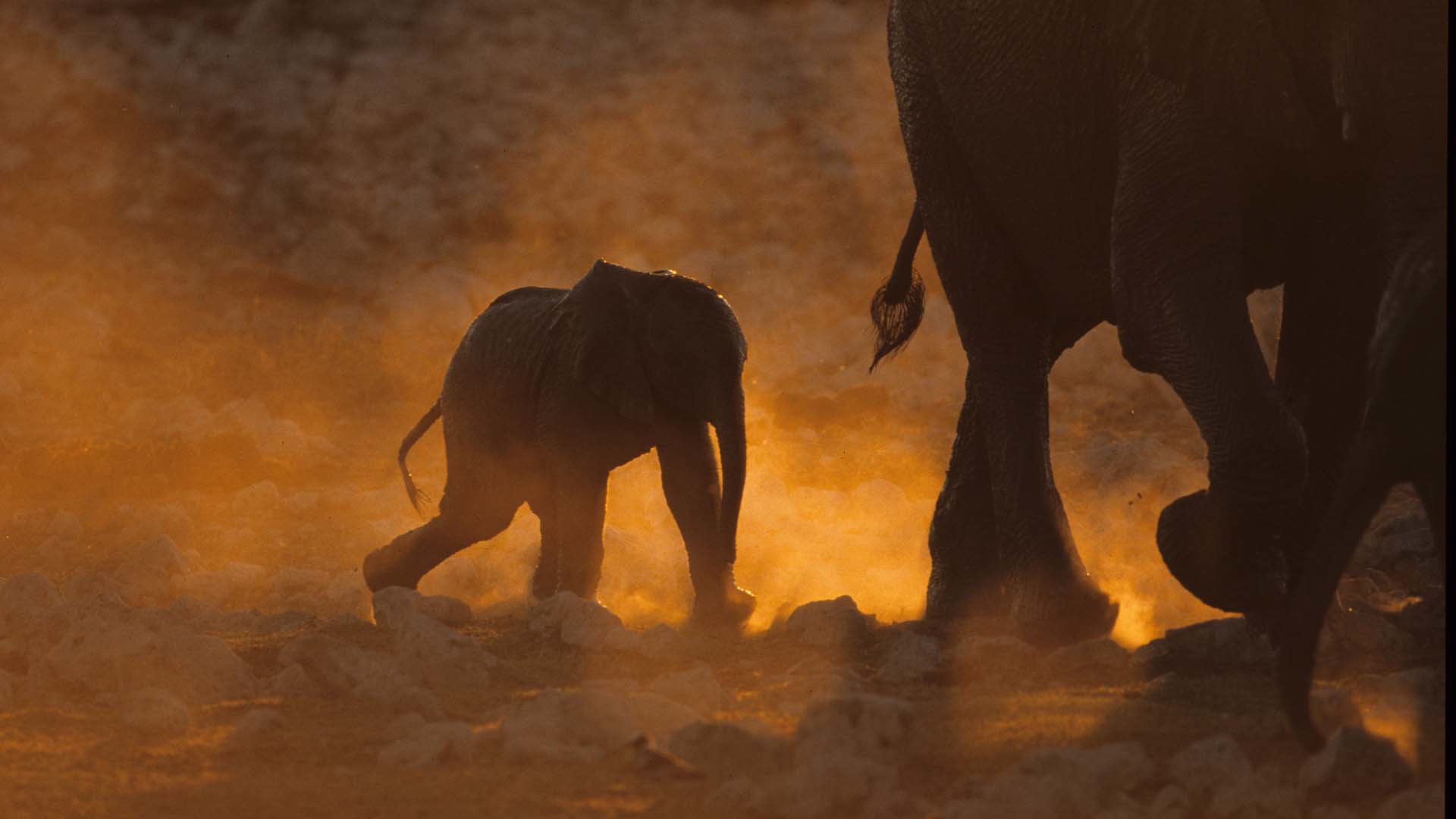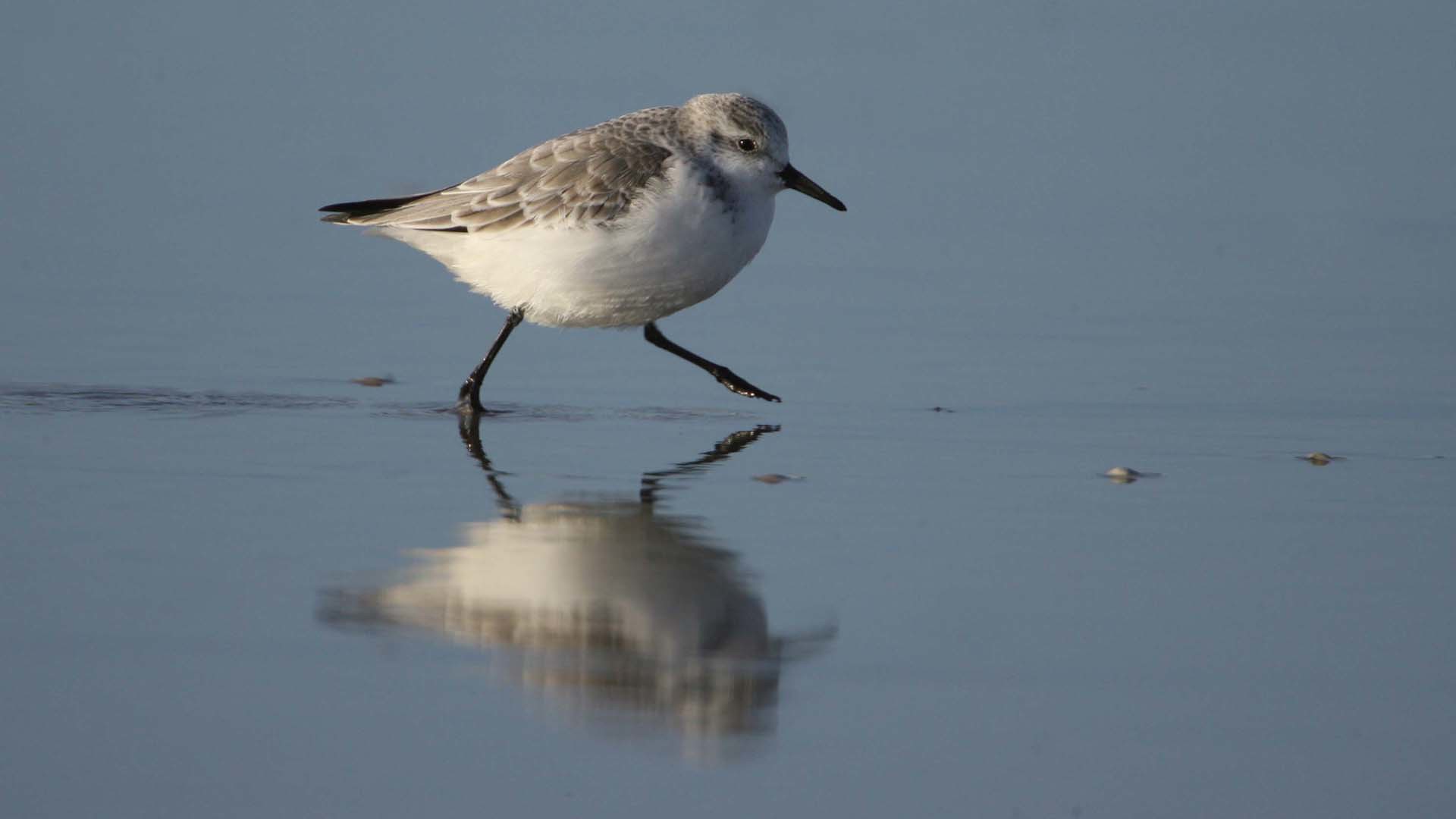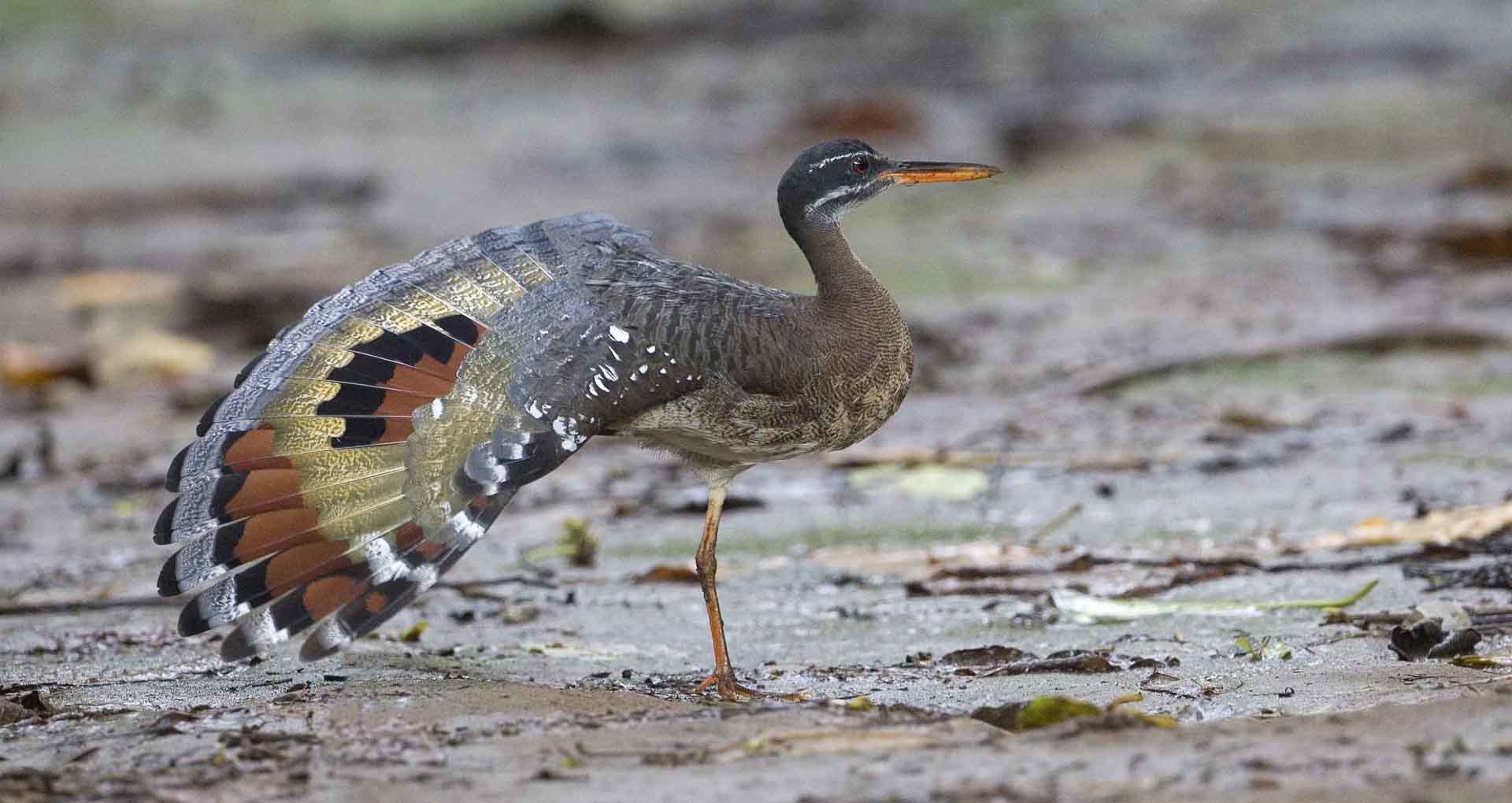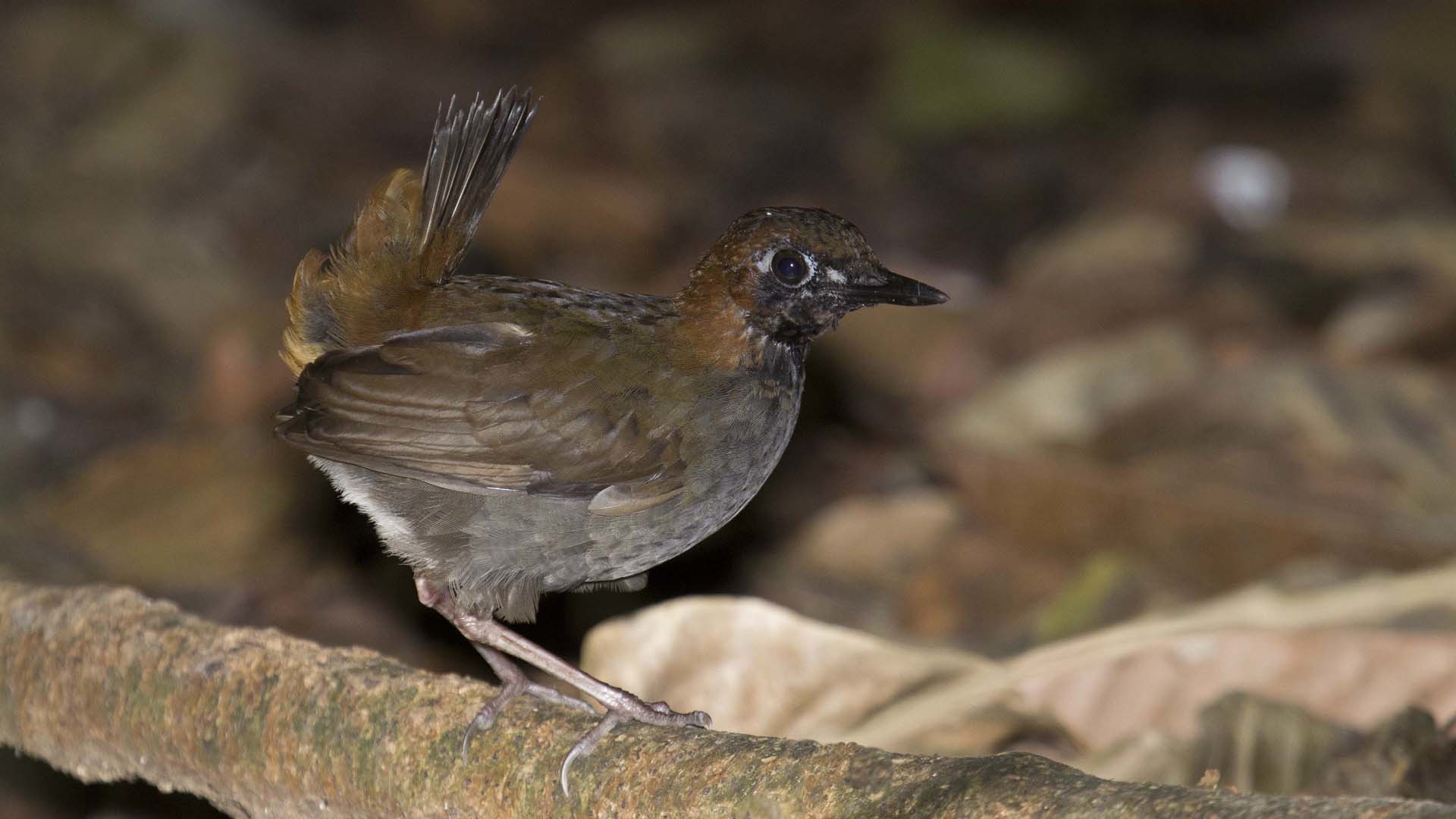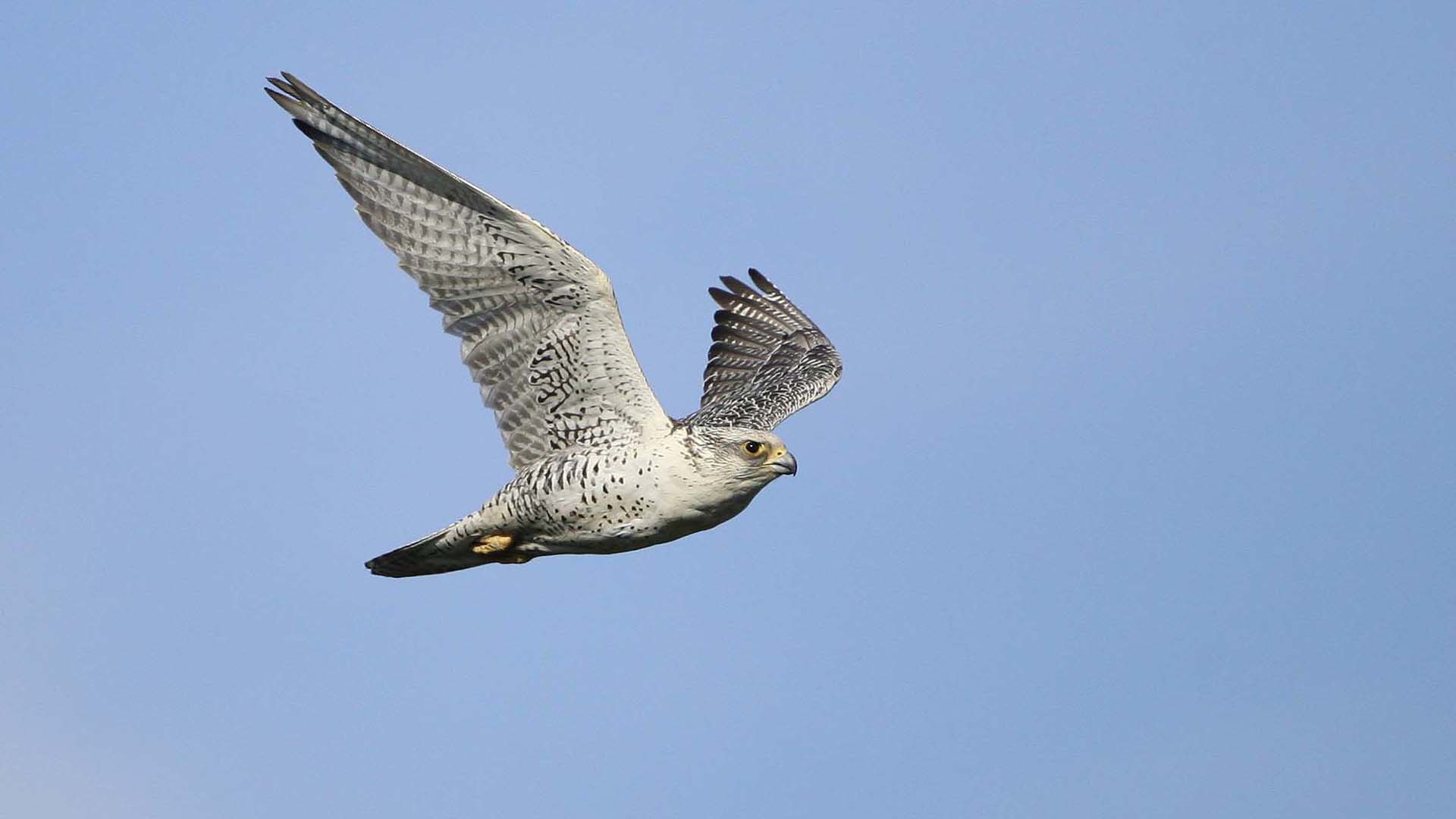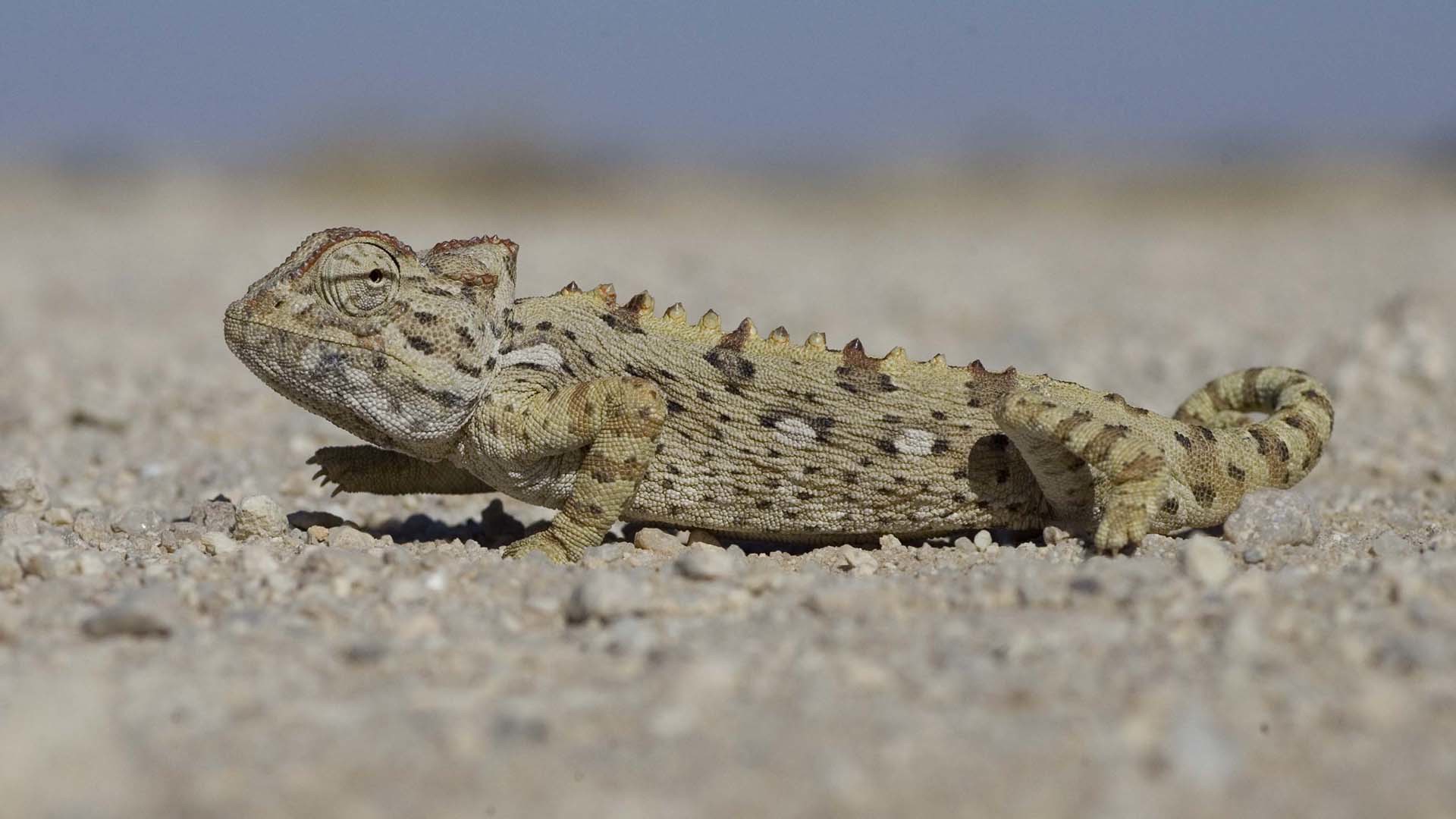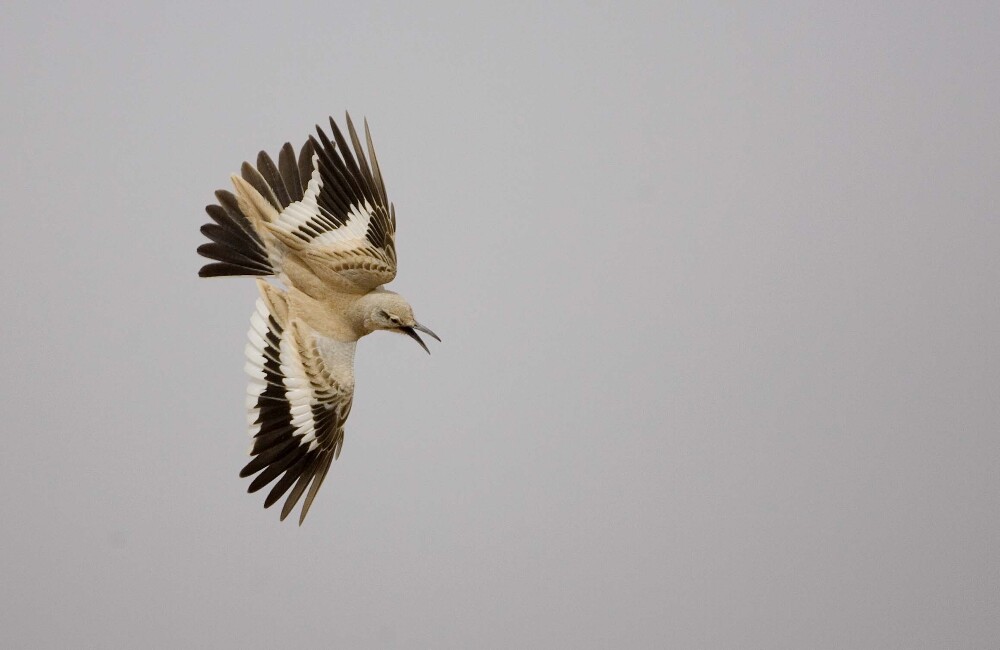Day 1. Depart London, arrive Marrakech mid evening and check in to our hotel.
Day 2-3. It is no time before the first birds make themselves known with the exotic chirps of Common Bulbuls in the gardens of the hotel. This is also a good place to watch out for a variety of passerines including Isabelline Warbler. On roof corners, the wheezy song of House Bunting can be heard and overhead Common, Little and Pallid Swifts wheel around. Over the two days we will explore the hill country on the way up into the Atlas Mountains and on one day visit the alpine resort of Oukaimeden, one of the highest spots accessible to vehicles. This is a well-known site for Horned Lark, Alpine Accentor and Crimson-winged Finch plus the recently split Seebholm’s Wheatear. Walnut and pine forests around this region also hold Levaillant’s Green Woodpecker. Overnights at Marrakech.
Day 4-6. We head south to the very edge of the Sahara where we base ourselves for three nights at Boumalne. Our journey will take us through some of Morocco’s most scenically beautiful country as we head through the High Atlas. Here we will look out for Red-billed and Alpine Chough, Black Wheatear and Moussier’s Redstart. Surrounded by vast stony semi-deserts Boumalne is on the border of a number of specialist desert species such as Desert, Bar-tailed, Hoopoe, Thick-billed and Temminck's Larks plus numerous Wheatear species including Desert, White-crowned, Red-rumped and Black-eared. Other specialities of the area are Cream-coloured Courser, Trumpeter Finch, Lanner, Barbary Falcon and Long-legged Buzzard. Overnights at Boumalne.
Day 7-9. We travel west towards Ouarzazate, the gateway to the desert and the site for a number of films. A large reservoir near to the town is an excellent spot for migrants and Blue-cheeked Bee-eaters can be seen here regularly along with Fulvous Babbler. The wadis leading down to the reservoir are also good for a range of wheatears including the elusive Maghreb Wheatear. We will be exploring the area from our base near to the town. Overnights near Ouarzazate.
Day 10-14. From Ouarzazate we take the road west to the coast, via the argan forests of the Taroudannt valley to Agadir. A number of excellent coastal sites will form the basis of our stay at Agadir. The Oued Souss is on our doorstep and will be our first destination where the Moroccan race of Magpie, Black-winged Stilt, Kentish Plover, Marbled Duck, Greater Flamingo and a variety of passage waders are serenaded by the charismatic Black-crowned Tchagra. Just a short distance further south, the Oued Massa is one of Southern Morocco’s top birdwatching sites where we will look for Ruddy Shelduck, Marbled Teal, Plain Martin, Squacco and Purple Herons, Little Bittern and Spotted Crake. We will also travel north to Tamri, which is a reliable place to see the endangered Bald Ibis and Audouin’s Gull. If we are in luck we may have further sightings of Bald Ibis as they feed in the cliff top fields along with Greater Short-toed Larks and Cream–coloured Coursers. The cultivated fields, which border the estuary, provide a perfect stop-off for a variety of migrants. Raptors might include Montagu’s and Marsh Harriers and on the cliff tops we will look out for Barbary Falcon and Lanner. On one day we will also head to the delightful village of Immouzer, which nestles high up in the hills above Agadir. The gardens of the beautiful hotel we use for lunch are very good for Isabelline Warbler, Rock Bunting and Hawfinch. This is also one of the best sites for Bonelli’s Eagle and we will explore some of the local tracks in the region where Tristram’s Warbler and Rufous Bush Robin can be found. Overnights near Agadir.
Day 15. Depart Agadir a.m. for quick journey along the new main road to Marrakech Airport for afternoon flight home. Arrive UK late p.m.
